(This story is even more interesting considering the fact that Tuscumbia had been congratulated in April 30, 1874 for being debt-free in the Birmingham Iron Age Newspaper. This must have been devastating for a city that had accomplished so much.) Continued below
Tuscumbia: Destroyed by a tornado
New York Times —
Alabama
THE DESTRUCTION OF TUSCUMBIA.
A TERRIBLE STORM AND ITS EFFECTS—A
TOWN IN RUINS AND HUNDREDS OF PEOPLE WITHOUT
HOMES—DISTRESSING SCENES AND INCIDENTS.
From Our Own Correspondent.
Tuscumbia, Ala., Tuesday, November 24, 1874
On Sunday evening last, as you have already been fully informed by telegraph, the town of Tuscumbia, in this State, was visited by a tornado which destroyed scores of buildings and caused the death of eleven persons.
This morning it is reported that two negroes were killed some five miles from here, and that others in the country districts were more or less injured. To-day I rode over the ground which was visited by the storm, and found that the damage was even more serious than at first reported.
The wind blew from the south-west, and the fair ground, which is situated some half mile from the town, is known to have received the first violence of the storm. The fine racing-stand and club-house, which had recently been erected, were completely destroyed. Not one plank was left standing upon another.
Hundreds of towering live-oak trees were torn from their roots and hurled to the ground. Many of them carried hundreds of feet from the place where they had stood, and others were torn and twisted into fantastic and unnatural shapes. The ground for miles around is covered with splintered wood, the grass, too, was dug up by the force of the whirlwind, and not a fence remains standing within several miles of the race-course. Passing away from the fairground, and coming toward the town, the storm encountered an iron railroad bridge over a little stream known as Spring Creek.
THE SCENE AT THE RAILROAD BRIDGE
The scene at this point is a remarkable one. The bridge, which was securely built, was completely lifted from its strong stone foundations and thrown with great force into the soft bottom of the creek. At the same time it was carried some ten yards from its original position, and, strange to say, was not broken up. It now lies firmly imbedded (sic) in the creek, thrown from its supports as already stated, but in other respects apparently whole and uninjured.
Old Railroad bridge, Colbert County, Alabama
Soon after the bridge had been blown down the express train from Memphis approached Tuscumbia, the engineer, feeling to a slight extent the force of the storm, and fearing that the bridge might have been injured, approached it slowly. When within 100 feet of the creek, as I am informed by the conductor, the whistle sounded “down breaks.”
The steam breaks with which the train was supplied were at once put into requisition, and the wheels were prevented from revolving. The track was very wet from the rain, however, and the train was forced on for some distance at the rate of at least ten miles an hour. The wheels slipped on the wet rails, and without a moment’s warning the engine and baggage-car went over the embankment.
The engine was dashed into the soft clay of which the bank is composed, and by some good fortune the tender was completely turner around by the fall. The baggage car was rested against this, and the passenger coaches coming behind were prevented from going over into the creek. None of the passengers were severely injured.
The engineer was badly cut and burned, but is now considered out of danger. It was two hours before he could be taken from the ruins of the locomotive. His rescue was then effected by cutting through the baggage car and tender, both of which were resting upon his cab.
See best-selling books on Alabama history and genealogy by Donna R Causey
The baggage-master was very severely injured. His car was only slightly damaged; but as it slid down the embankment he was thrown forward upon his face, and a great part of the heavy baggage was dashed against him.
Here the railroad bridge, a cotton warehouse and machine-shop were situated. The shop was comparatively uninjured, while the warehouse was completely destroyed, and the cotton scattered in every direction. At least a dozen bales were burst open by the force of the gale, and the soft, white lint carried for miles into the country.
Many of the trees and bushes which remain standing are completely covered with minute particles of the cotton; the ground is some places was treated to a coat of the same material. The effect of this is such that several gentlemen, arriving on late trains this morning, and knowing nothing of the effects of the storm, could not be persuaded that snow had not fallen here during the previous night.
A TOWN IN RUINS
Passing from the railroad bridge along the track, and then in a north-easterly direction through the main street, I was made fully aware of the terrible destruction that had visited unfortunate Tuscumbia. The population of the place is estimated at two thousand, and it is no exaggeration to say of this number not five hundred persons have been left with an uninjured roof over them. Fully one hundred buildings were completely demolished, and not one in the town escaped without some damage.
On Main street the scene is indeed a terrible one. The entire roadway is strewn with the splintered trunks of fallen trees. Shutters and light wood-work are constantly falling from the buildings that have been only partially destroyed. One of these, a large frame house, which was fortunately untenanted, fell with a loud crash this morning. Others will have to be torn down to insure the safety of the passers by.
In all the streets of the town household effects are scattered about at random. In one corner a richly-covered sofa is to be seen, in another a broken arm-chair. Beds are lying about in some of the gardens, and bed-clothes torn to shreds are dangling from many of the trees.
After the first shock of the storm was over many of the startled inhabitants removed their furniture from the falling dwellings. No sooner had they done so, however, than a most terrible rain-storm came on. In five minutes the streets were knee-deep with water, and everything exposed to the storm was utterly destroyed.
The Catholic Church, a fine building recently erected, is reduced to a heap of rubbish. It is actually torn to pieces, the very foundation-stones having been dug up and hurled from their places. The handsome church-tower lies at some distance from the rest of the building, and although its massive timbers are broken and twisted by the force of the hurricane one or two of the stained glass windows are entirely uninjured.
Three Protestant churches, of different denominations, standing quite near the building of the Catholic congregation, are only slightly damaged. In the Methodist Church directly opposite, and in the middle of the path cut by the storm, not so much as a piece of glass is broken.
St. John’s episcopal photograph by Carolyn Highsmith 2010
One block further on the Descheler High-school Building is situated.(See the history of Deschler) It was a strong brick structure, erected at a cost of $300,000. At the first shock of the tornado it was hurled to the ground. Not one brick was left in its place.
On a side street three blocks from the high school the Hodgkins residence was situated. It was a handsome little frame building two stories high, and situated in the midst of a beautiful garden. It was one of the first houses blown down, and Mr. John Hodgkins, his wife, and four children were buried in the ruins. They were found together locked in each other’s arms and quite dead. Mr. Hodgkins was one of the leading Freemasons of Alabama. To-day he was buried with Masonic honors, all the citizens of the place following his remains to the grave.
SENATOR MOOR’S (MOORE’S)
MANSION AND THE WINSTON HOMESTEAD
The mansion of State Senator Moor, (Moore) in the ruins of which his wife and two children were crushed to death, was one of the finest private residences in North Alabama. It is now an unsightly pile of mortar and brick. I have never seen a building so completely destroyed. The stairways and doors are torn to pieces, window-frames ground almost into dust; the magnificent furniture is crushed to splinters, and now lies mingling with the heap of worthless matter which is all that remains of a once happy home.
Senator Moor returned from Montgomery this morning. His friends informed him by telegraph of his terrible loss. Up to the time of his arrival in Tuscumbia he is said to have borne his trail with remarkable fortitude; when he came to the ruin of his home, however, he broke down completely, and sobbed as if his heart was breaking. His friends say that he looks fifteen years older than he did three days ago.
The “Winston Homestead,” one of the oldest buildings in the State, was situated near Senator Moor’s mansion. One side of it was entirely blown away. The other side stands as firmly as it did the first day it was built. Mrs. Winston, the owner of the dwelling, was killed by the fall.
William Winston home 2010 by Photographer Carolyn Highsmith – built 1833
Her son-in-law, who lived in the lower part of the house, states that when the first shock of the storm was felt she attempted to come down stairs, and had just reached the door leading into the hall when the side of the house blew in and dashed her against the stairway. At the same moment this fell, and the old lady was buried out of sight. After a great effort she was extricated, but died shortly afterward.
William Winston home staircase – 2010 by Photographer Carolyn Highsmith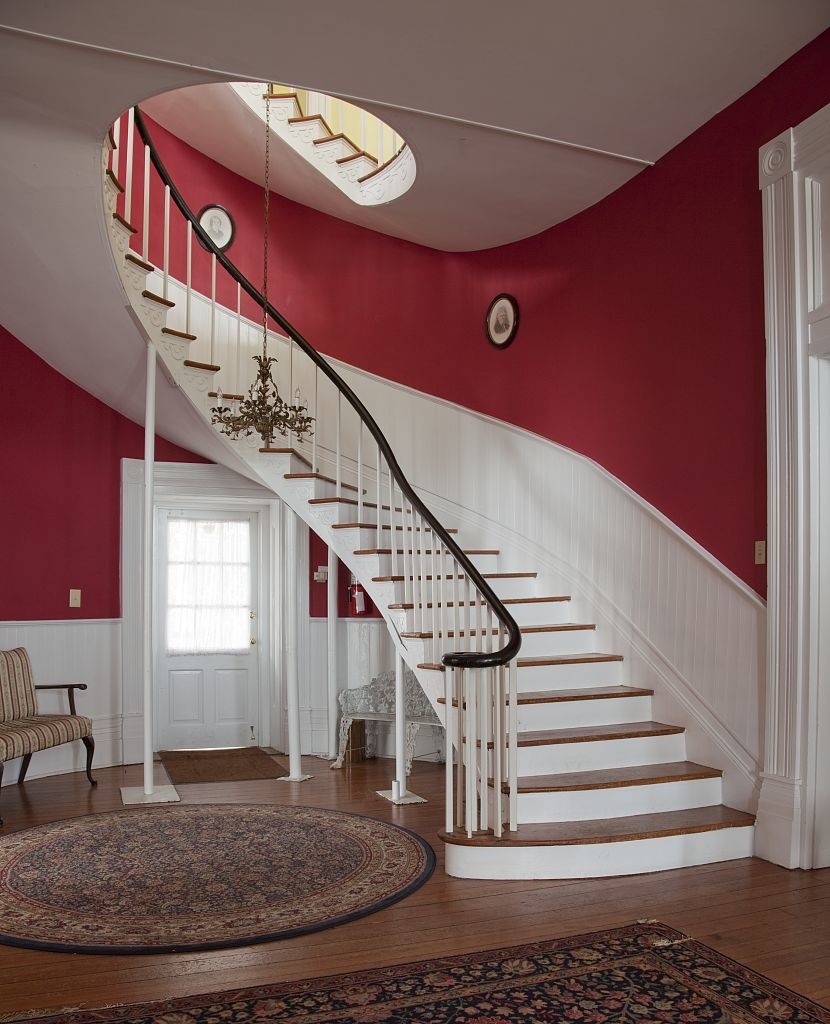
The grounds surrounding the Winston House were beautifully laid out and cultivated. Hundreds of the shade and fruit trees are now lying with upturned roots, the flower beds are dug up as if by a plow, and the hanging vines torn from their supports and blown hundreds of yards away into the woods.
William Winston ca. 1970’s before restoration (Library of Congress)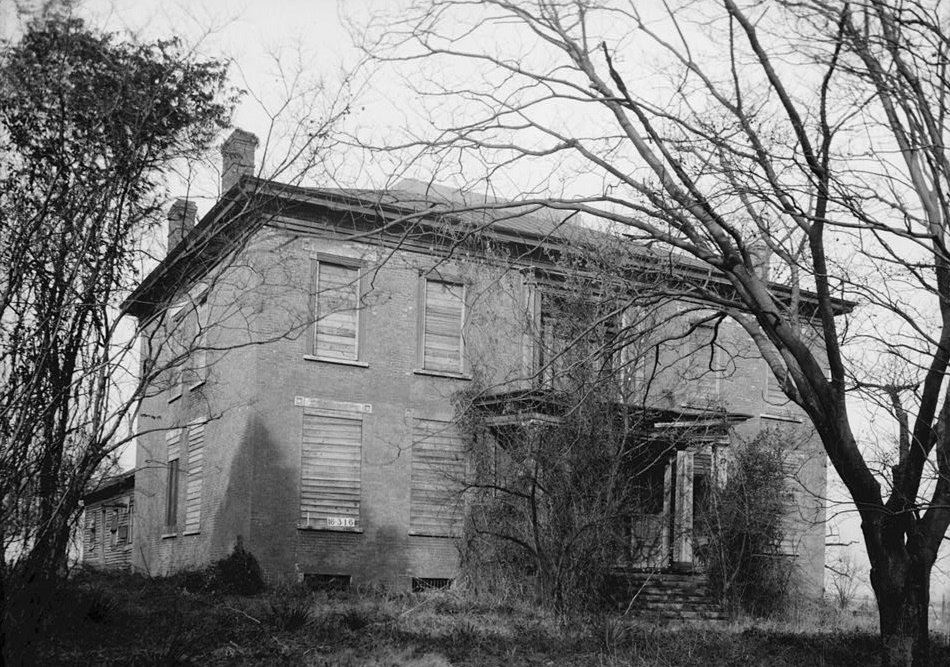
Anthony Winston House, (also known as Andrew Jackson house) Eighth Street & Fourteenth Avenue, Tuscumbia, Colbert County, AL ca. 1970’s (Library of Congress)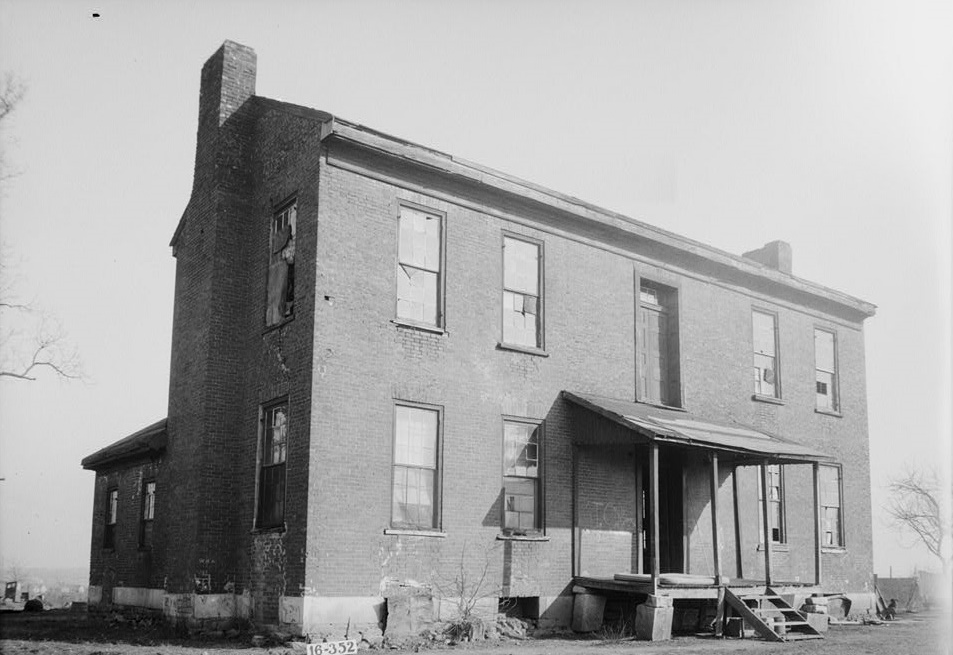
THE DURATION OF THE STORM
The first shock of the storm was felt at just 6:30 o’clock in the evening, and in two minutes it had passed over. Immediately afterward a rain-fall of unprecedented violence set in, and continued for several hours. This destroyed a great deal of personal property and furniture, but at the same time was the means of saving the town from total destruction.
It seems that as the houses were blown over, the fires in the grates were thrown among the timbers. These at once started into a blaze, and every house in the place would doubtless have been burned if the torrents of rain had not extinguished the fires.
The track torn by the storm is from three to four hundred feet wide, and as already stated, many houses which seem to have been most exposed to its violence were unharmed, while others in the immediate neighborhood were dashed to the ground.
The Mayor of the town tells me that at 6:30 o’clock he was quietly seated at his supper table when suddenly the lights were blown out, and at the same moment a sound like the roar of a thousand cannon broke over the house. This passed over and then all was still for two or three minutes; soon afterward the rain began to fall, and continued for hours.
During the storm, and subsequently, the people of the town whose property was only slightly injured behaved with great kindness to those who had been deprived of shelter. The homeless ones were taken in and cared for, and everything possible was done to make them comfortable. Not one case of robbery is reported, and many valuable articles are now lying unmolested in broken-down houses and desolated gardens. The loss to the town was upward of half a million dollars. H. C.
See more old Tuscumbian houses at The Tuscumbian – Tuscumbian house in peril.


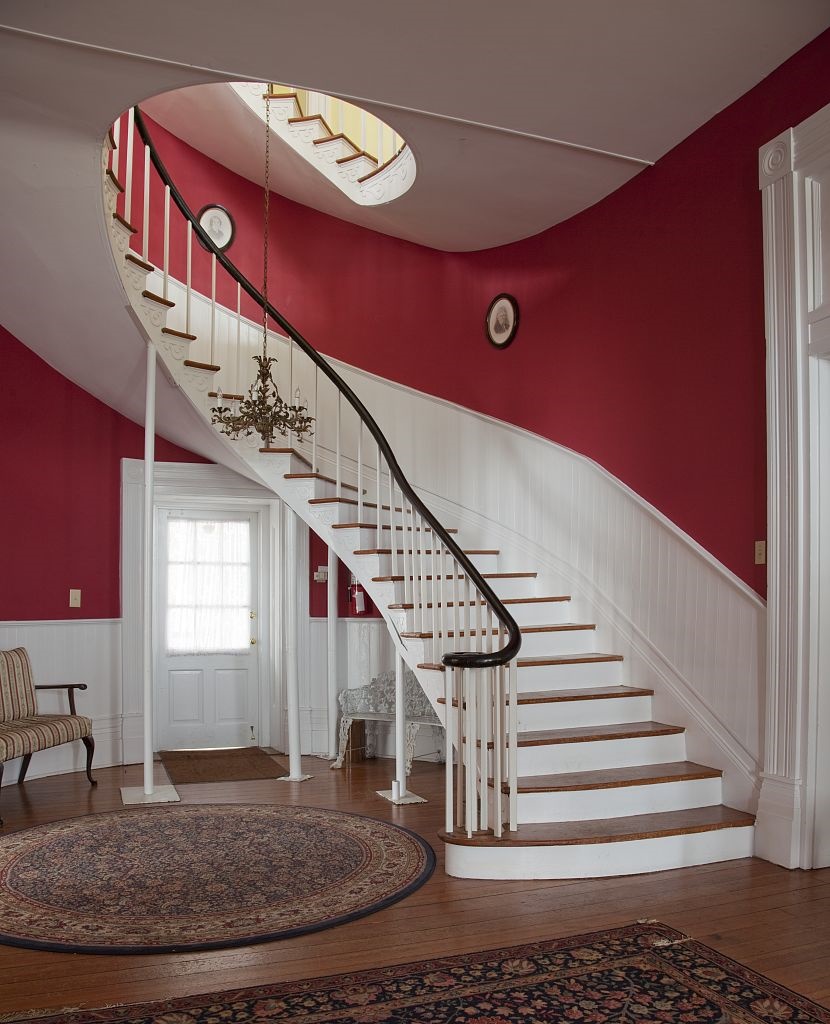
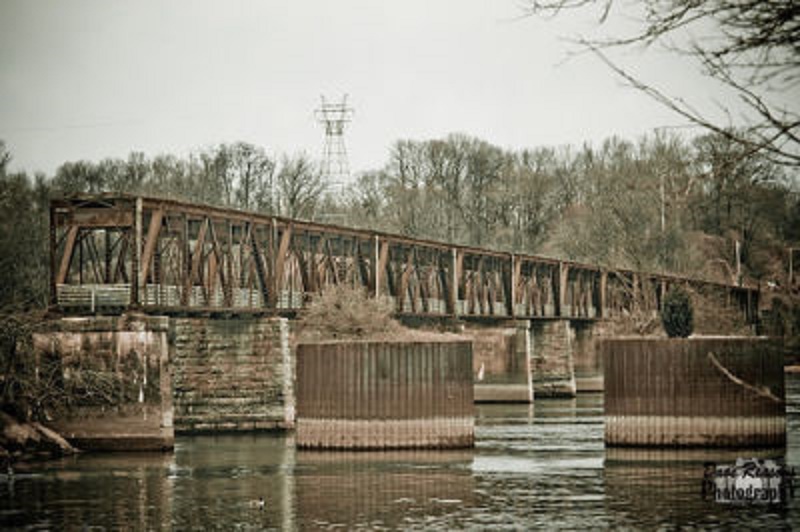
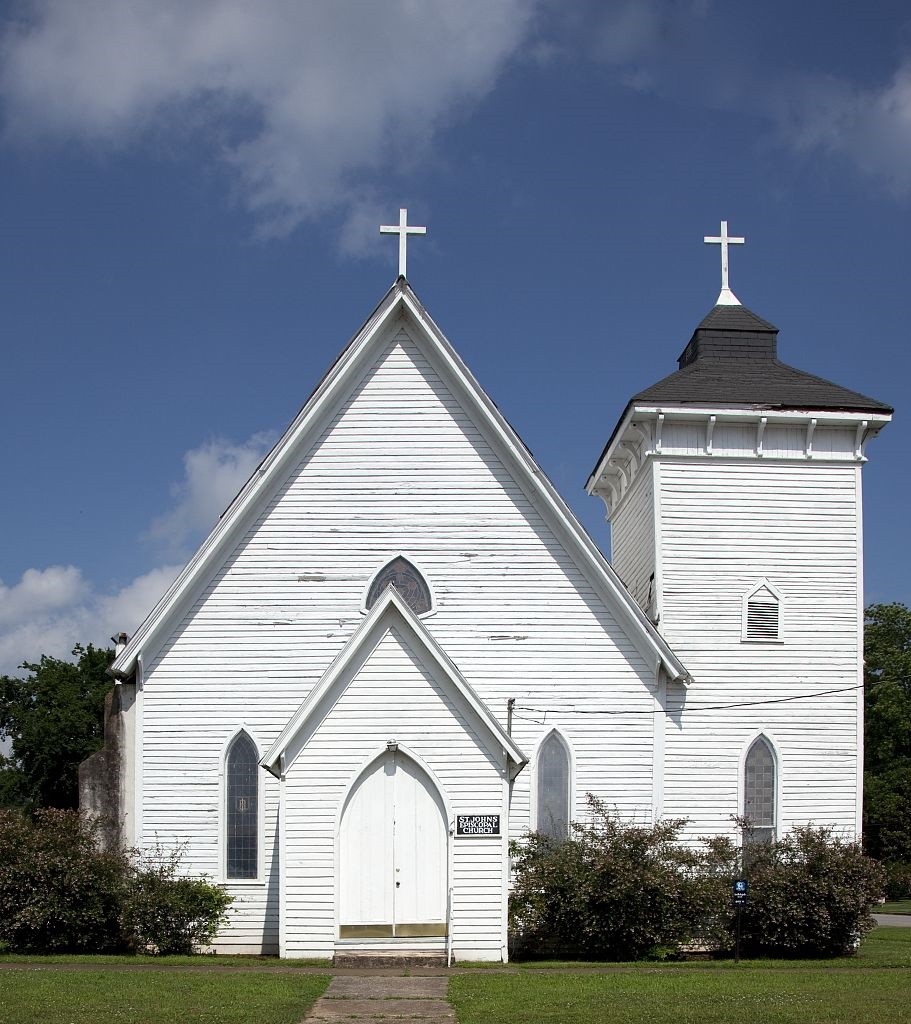
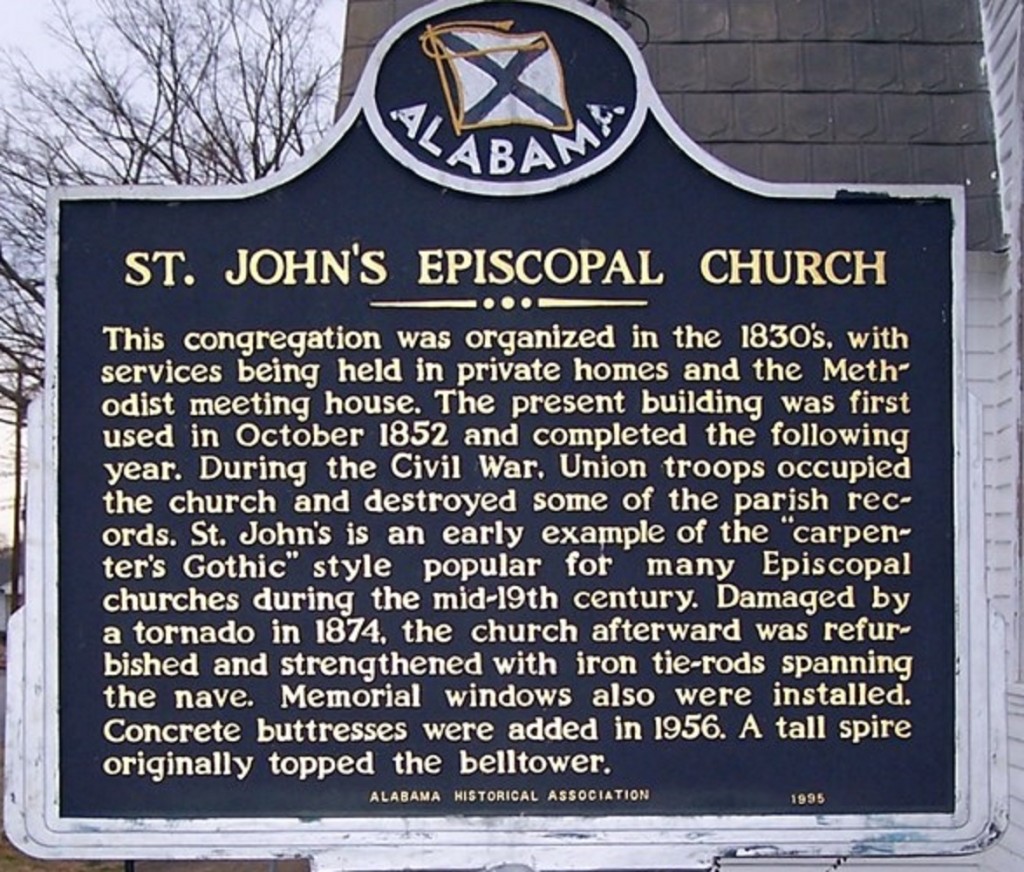
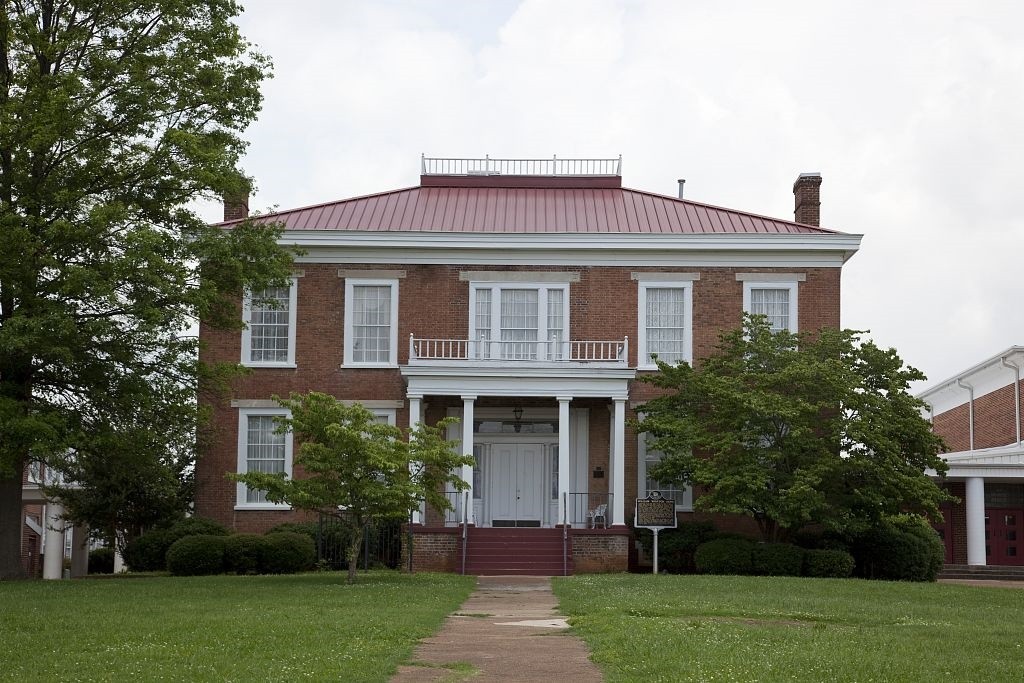

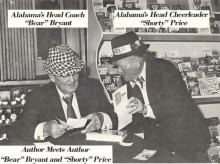
My GG Grandfather Trimigan Washington Thompson was County Commissioner for Colbert Co, when this happened.
I have a picture of Mary Reynolds as Mrs. Winston coming down those stairs dressed in black with a black veil. She was so elegant. I had classes in it while I was at Deshler High.
I have read about this on google news a while back good to see the house I have read about.
Very interesting article.